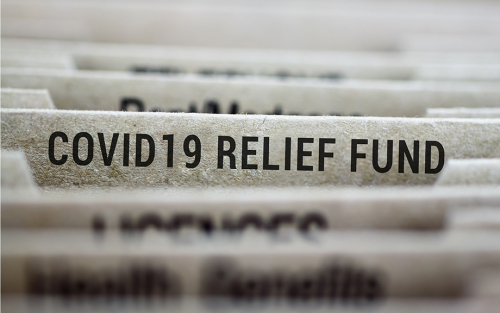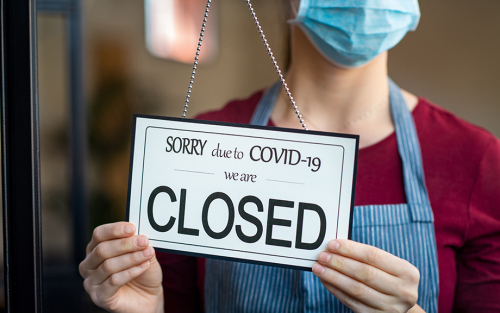COVID‑19 and the Search for Digital Alternatives to Cash
The Official Sector’s Response to the Coronavirus Pandemic and Moral Hazard

Any time the Federal Reserve or the official sector more broadly provides support to the economy during a crisis, the intervention raises concerns related to moral hazard. Moral hazard can occur when market participants do not bear the negative consequences of the risks they take. This lack of consequences can encourage even greater risks, due to the expectation of future government help. In this post, we consider the potential for moral hazard stemming from the Fed’s response to the coronavirus pandemic and explain why moral hazard concerns were likely more severe in 2008.
Market Failures and Official Sector Interventions

In the United States and other free market economies, the official sector typically has minimal involvement in market activities absent a clear rationale to justify intervention, such as a market failure. In this post, we consider arguments for official sector intervention, focusing on the market failure arising from externalities related to business closures. These externalities are likely to be particularly high for closures arising from pandemic-related economic disruptions. We discuss how the official sector, including institutions such as Congress and the Treasury, can increase social welfare by acting to minimize the fixed costs of business start-up and failure, including the costs associated with unemployment, beyond the level set by private markets alone.
Expanding the Toolkit: Facilities Established to Respond to the COVID‑19 Pandemic

Anna Kovner and Antoine Martin argue that the “credit” and lending facilities established by the Fed in response to the COVID-19 pandemic, while unprecedented, are a natural extension of the central bank’s existing toolkit.
Tracking the Spread of COVID‑19 in the Region
The New York Fed today unveiled a set of charts that track COVID-19 cases in the Federal Reserve’s Second District, which includes New York, Northern New Jersey, Fairfield County Connecticut, Puerto Rico, and the U.S. Virgin Islands. These charts, available in the Indicators section of our Regional Economy webpage, are updated daily with the latest data on confirmed COVID-19 cases from The New York Times, which compiles information from state and local health agencies. Case counts are measured as the seven-day average of new reported daily cases and are presented on a per capita basis to allow comparisons to the nation and between communities in the region. Recent data indicate that after spiking to extraordinary levels in April, new cases have remained relatively low and stable in and around New York City, and in upstate New York. By contrast, cases have been trending higher in Puerto Rico and the U.S. Virgin Islands since mid-July.















 RSS Feed
RSS Feed Follow Liberty Street Economics
Follow Liberty Street Economics